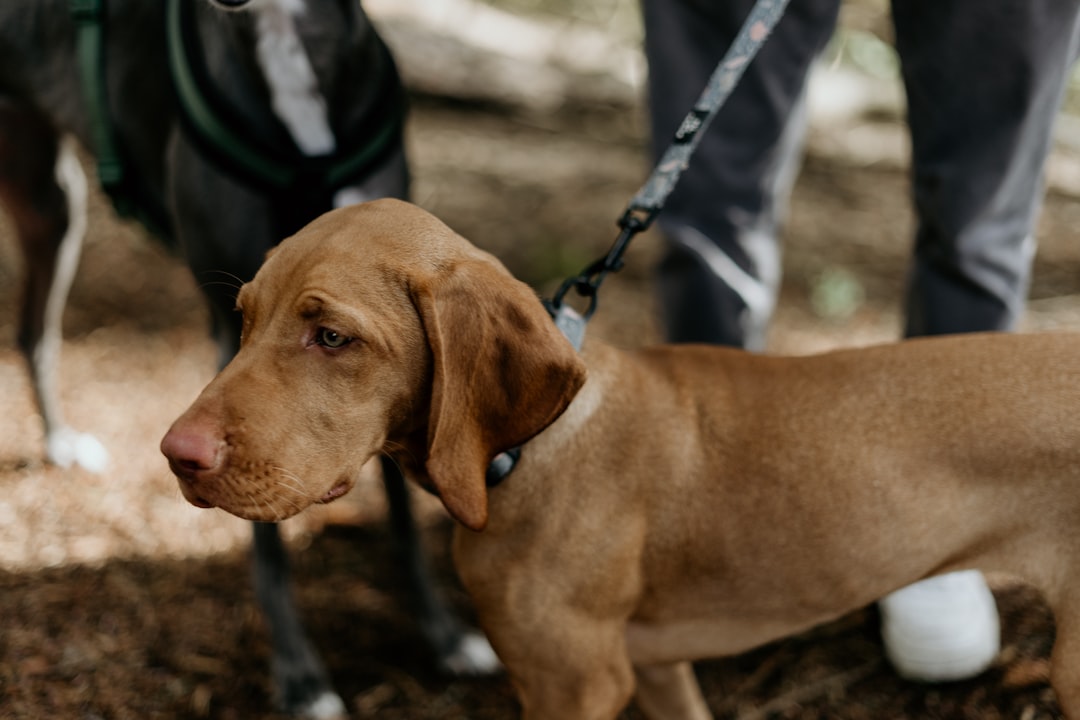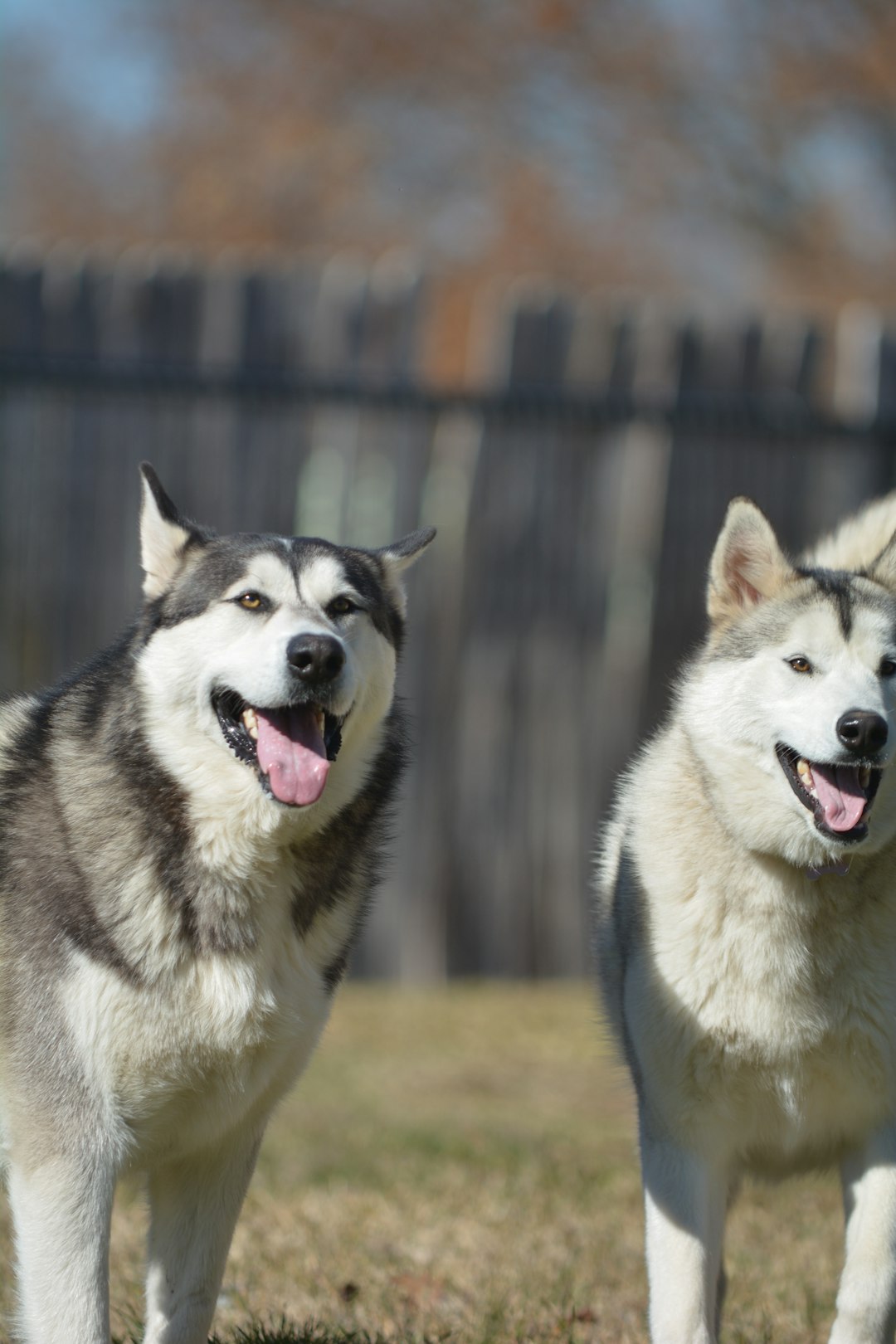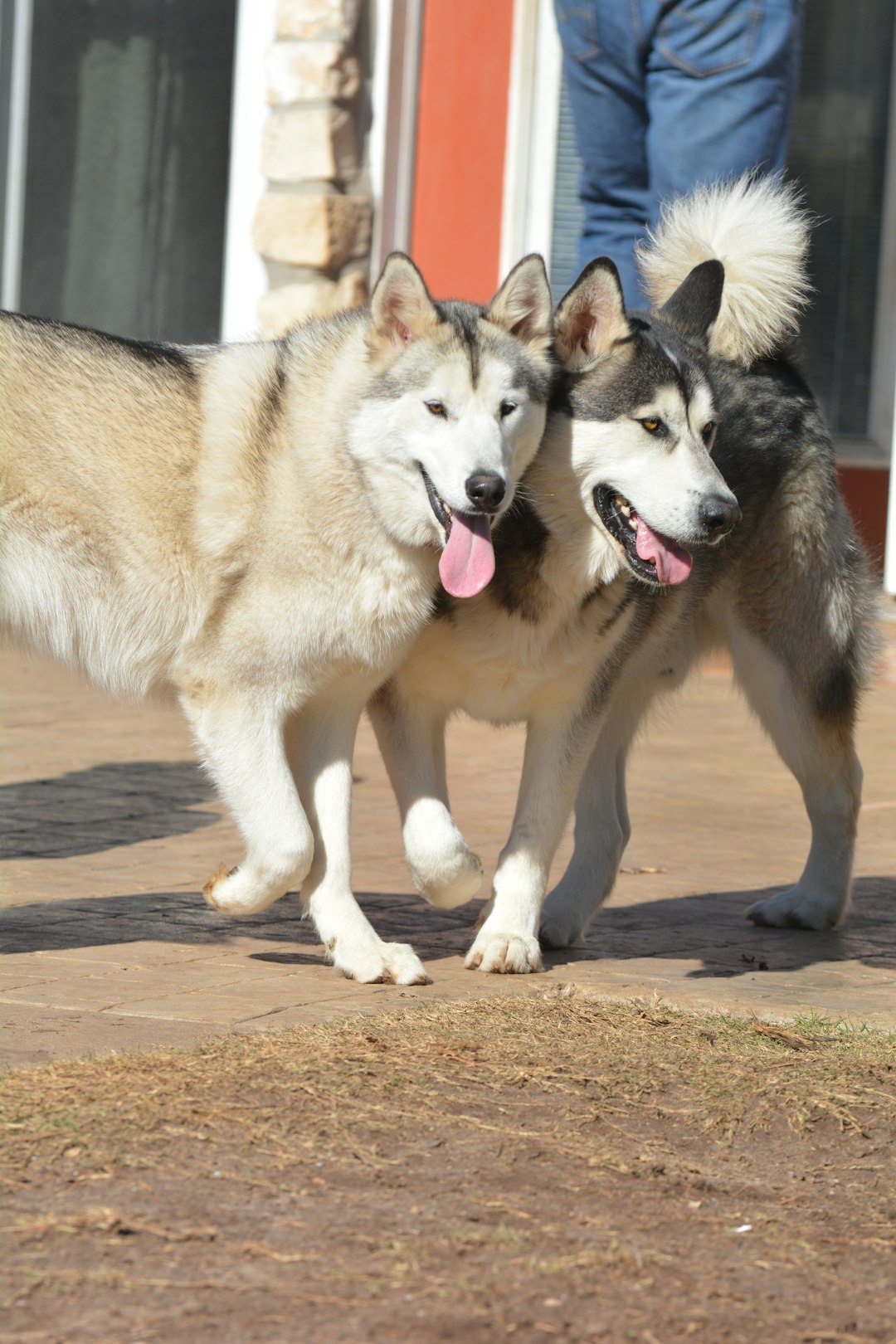Have you ever looked at your furry friend trying to jump on the couch and wondered if they have aspirations of becoming a professional acrobat? Well, let’s face it, not every pup is destined for the circus. That’s where “Steps for Dogs” come into play! These handy little contraptions can turn your home into a doggy paradise, allowing your canine companion to reach lofty heights without breaking a sweat—or a bone! So, grab a treat, and let’s dive into how we can make those hard-to-reach spots a little less impossible for our beloved four-legged pals.
Understanding Your Dog’s Physical Limitations

Ah, the majestic canine companions we adore! They can jump higher than your expectations and run like the wind—most of the time! But here’s the catch: your pup might not be a four-legged Superdog. Understanding their physical limitations is crucial for safe access to those hard-to-reach places. Here’s what to consider:
- Age Matters!
- Puppies: Bouncy and full of energy but still developing.
- Adults: They can be pretty spry, but overdoing it can lead to injuries.
- Seniors: Think of them as wise old sages—every step shows their wisdom, but they might need a little help.
- Size and Breed:
- Small breeds like Chihuahuas? They might need a boost.
- Large breeds like Great Danes? Don’t let them climb Mount Everest (or your staircase) without proper support!
- Health Conditions:
- Watch for arthritis, hip dysplasia, or other joint issues.
- Consider whether your pup is a lazy potato or just needs some encouragement.
By recognizing these limitations, you’ll set the stage for successful Steps for Dogs adventures—tail wags guaranteed!
Assessing the Environment for Accessibility

Before rolling out the red carpet—well, maybe more of a fluffy mat—it’s crucial to assess your home for accessibility. After all, you wouldn’t want your majestic pooch to attempt a heroic leap over the couch and end up in the dog food bin, would you?
Here are some key considerations:
- Height of Surfaces: Is your dog launching into Mount Sofa or tackling Everest known as the kitchen counter? Measure it! Use common sense, not just your dog’s relentless optimism.
- Surfaces and Traction: Consider if your floor is slip-n-slide worthy. Rugs can help reduce slip, but beware of potential grand canine acrobatics.
- Obstacles: Is that laundry basket a popular jump-off point, or merely a “let’s see if I can get stuck in here” challenge? Clear some space!
- Lighting: If your dog has to venture into darkness, put on those disco lights! Seeing where they’re stepping is key for safe navigation.
By thoughtfully evaluating these aspects, choosing the right Steps for Dogs becomes a walk in the park rather than an episode of “America’s Funniest Home Videos.” Plus, your dog will appreciate a little legwork (or leap work) toward comfort!
Choosing the Right Type of Step or Ramp

When it comes to finding the perfect Steps for Dogs, think of it like shopping for a new pair of sunglasses—not all styles suit everyone! Your goal? To find steps or ramps that are paw-fectly tailored for your furry friend.
Here’s a handy guide:
| Feature | Ramp | Steps |
|---|---|---|
| Incline Level | Low and gradual, easy to climb | Steeper, better for short heights |
| Material | Sturdy and slip-resistant | Non-slip surfaces for grip |
| Portability | Easier to store and move | Can be bulkier, but stable |
| Weight Capacity | Check that it supports your dog | Ensure it’s strong enough |
- Tip: If your dog is more “couch potato” than “athletic pup,” opt for a ramp to save their joints.
- Bonus Tip: Make sure anything you select doesn’t look like something you’d trip on during a midnight snack raid!
In summary, selecting the right Steps for Dogs turns climbing into a fun adventure rather than a climbing competition for your fluffball!
Training Your Dog to Use Steps Safely
Training your furry friend to navigate those magnificent Steps for Dogs can feel like teaching a cat to fetch—definitely not a walk in the park! But fear not; with a sprinkle of patience and a dash of creativity, you’ll transform your pup into the next step maestro.
Here’s how to make training a fun-filled adventure:
- Start Slow: Introduce the steps gradually. First, let your dog sniff and explore the steps while you offer treats. (Treats make everything better, right?)
- Use Lures: Position your dog’s favorite toy or some scrumptious snacks on the upper step. This creates motivation that even the laziest of hounds can’t resist!
- Consistent Commands: Use simple commands like “up” and “down.” Consistency helps your dog understand the routine and associate it with the glorious Steps for Dogs.
- Frequent Praise: Flood your pup with positive reinforcement. Yelling “Good boy/girl!” can turn your dog’s face into a masterpiece of joy!
- Short Sessions: Keep training sessions brief but frequent. Think: “A little training is better than a doggy meltdown!”
With time, your dog will conquer those steps like a champion—almost as if they’re scaling Mount Everest. Just remember, safety first and silly antics second!
Maintaining Stability and Security of Steps for Dogs
When it comes to Steps for Dogs, safety is paramount—so let’s fortify those steps like a fortress made of chew toys!
Here’s how to ensure that your dog (and your sanity) stays intact:
- Choose the Right Material: Opt for sturdy materials like wood or strong plastic. If it wobbles, your dog might think it’s auditioning for a circus act!
- Check the Nonslip Feature: Ensure steps have a nonslip surface. Nobody wants their furry friend channeling their inner ice skater on a sunny day!
- Support Structure: Make sure the base is solidly anchored. Think of it as building the doggo’s version of a skyscraper—no wobbling allowed!
- Weight Limit: Pay attention to the weight capacity. Not all steps for dogs can handle a hefty pup; just like not all of us can handle dessert before dinner!
- Routine Checks: Regularly inspect for wear and tear. A squeaky step might sound funny, but it could spell trouble when it snaps during a jump!
By taking these steps (pun intended!), you’ll create a safe environment that allows your furry friend to conquer those hard-to-reach places with ease and grace! 🐾
Providing Encouragement and Positive Reinforcement
Once you’ve introduced your pup to the Steps for Dogs, it’s time to turn on your inner cheerleader! Let’s transform your living room into a canine pep rally. After all, who doesn’t love some enthusiastic applause?
Here are some paw-sitively fabulous tips to keep them motivated:
- Treats Galore: Use delicious snacks as bait. Don’t overdo it though, unless you want a portly pup!
- Verbal Praise: Use your excitement voice! Even if they’re just sniffing the first step, shower them with praise. “Good boy! You’re a professional stair master!”
- Short Sessions: Keep training bite-sized. Just like dogs, attention spans are short. Aim for sessions of 5-10 minutes.
- Gradual Progress: Start with the lowest step and gradually move higher. Going slow is the name of the game—think of it as a slow dance, not a sprint!
With Steps for Dogs, encouragement isn’t just a confidence booster; it’s the magic potion that transforms your hesitant hound into a thrilled stair climber! Keep it fun, and your dog will leap (or politely step) at any challenge!
Monitoring Your Dog’s Progress and Comfort
Ah, the joys of doggie supervision! It’s like being a parent, but with way more drool and fur. Monitoring your dog’s progress and comfort is vital when introducing Steps for Dogs. After all, we want Fido to feel like a superstar, not a confused clutz.
Here’s how you can check in on your pup’s progress:
- Observe Behavior:
- Is your dog strutting up those steps like a runway model? Fantastic!
- Does he resemble a wobbly giraffe? Perhaps a bit of extra practice is needed!
- Gauge Comfort Levels:
- Tail wagging? Happy barks? Dogspeak for “I love this!”
- Ears back and sad eyes? That’s a “please help me” vibe.
- Adjust Training accordingly:
- Still uncertain? Offer some tasty treats on the steps!
- Too eager? Set up a little doggie brake system – like a bouncer at an exclusive party.
Remember, when using Steps for Dogs, a little patience and plenty of encouraging words go a long way. And if all else fails, you can always bribe them with bacon – I mean, who can resist that?
When to Consult a Veterinarian or Canine Specialist
Knowing when to call in the big guns, or should we say, big paws, can save your dog from discomfort and keep your sanity intact. Sometimes, despite all the Steps for Dogs guidance, your canine friend just isn’t nailing the leap to the couch. Here are some telltale signs that it’s time to consult a vet:
- Persistent Struggling: If your pup continuously faces challenges using the Steps for Dogs, it might be a sign of underlying issues.
- Pain or Discomfort: Whining, yipping, or sudden avoidance of the steps? It’s not just a case of doggy drama!
- Unusual Behavior: If Fido suddenly acts like an Olympic gymnast, that’s a red flag—especially if he used to be a couch potato!
- Physical Changes: Watch for limping or any stiffness after using the Steps for Dogs. It’s not a new dance move; it’s a call for professional help.
Remember, better safe than sorry! Regular check-ups keep your four-legged friend ready to conquer any height. So, grab that paw-some pup, and let’s get the right advice! 🐾
Frequently Asked Questions
Why should I help my dog access hard-to-reach places?
Well, let’s face it: dogs can be a bit clueless sometimes. Helping them reach those high spots—or under-the-bed nooks—means fewer accidents and doggy meltdowns. Plus, it builds their confidence! Imagine your beloved fluffball strutting around like they just discovered a hidden treasure of squeaky toys. They’ll thank you with endless tail wags and maybe even a special slobbery kiss (if you can handle it!).
What types of steps are best for my dog?
Choosing the right steps for your pet is like picking shoes for a runway show—style is key! From wide, cushy steps that cradle their paws to lightweight, foldable ones that fit in the closet post-use, the options are endless. Just ensure they are non-slip, because nobody wants a dramatic ‘slip and slide’ performance from Miss Fluffy. Check for stability—your pup deserves a delightful ascent, not a scary roller coaster ride!
Are there specific breeds that need steps more than others?
While all breeds could use a little boost, short-legged pals like Dachshunds, Corgis, and even those hefty, lovable Bulldogs may find themselves looking up at treasures on the couch or bed like it’s Mount Everest. But hey, even the tallest Great Danes can suddenly decide they’ve grown tired of jumping like a gazelle. So really, whether your dog is a pint-sized pup or a towering titan, they might just appreciate a little step up in the world!
Are stairs possible for senior dogs or those with mobility issues?
Absolutely! Think of stairs as a sidekick on your dog’s superhero journey through life. For senior dogs, there are certainly steps available that are low to the ground and more forgiving on their joints, like cushioned plush ladders leading to their favorite snuggle zone. Just remember, always consult your superhero vet to ensure your furry buddy gets the steps that best fit their own personal hero story!



